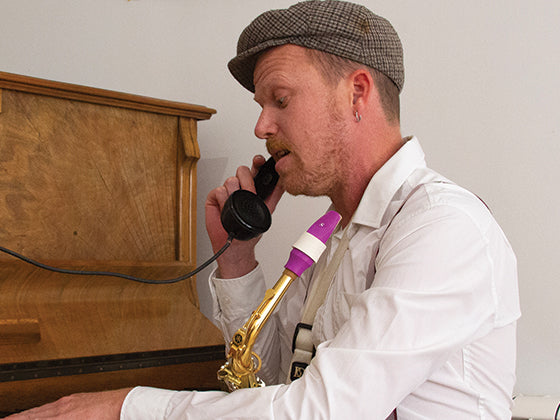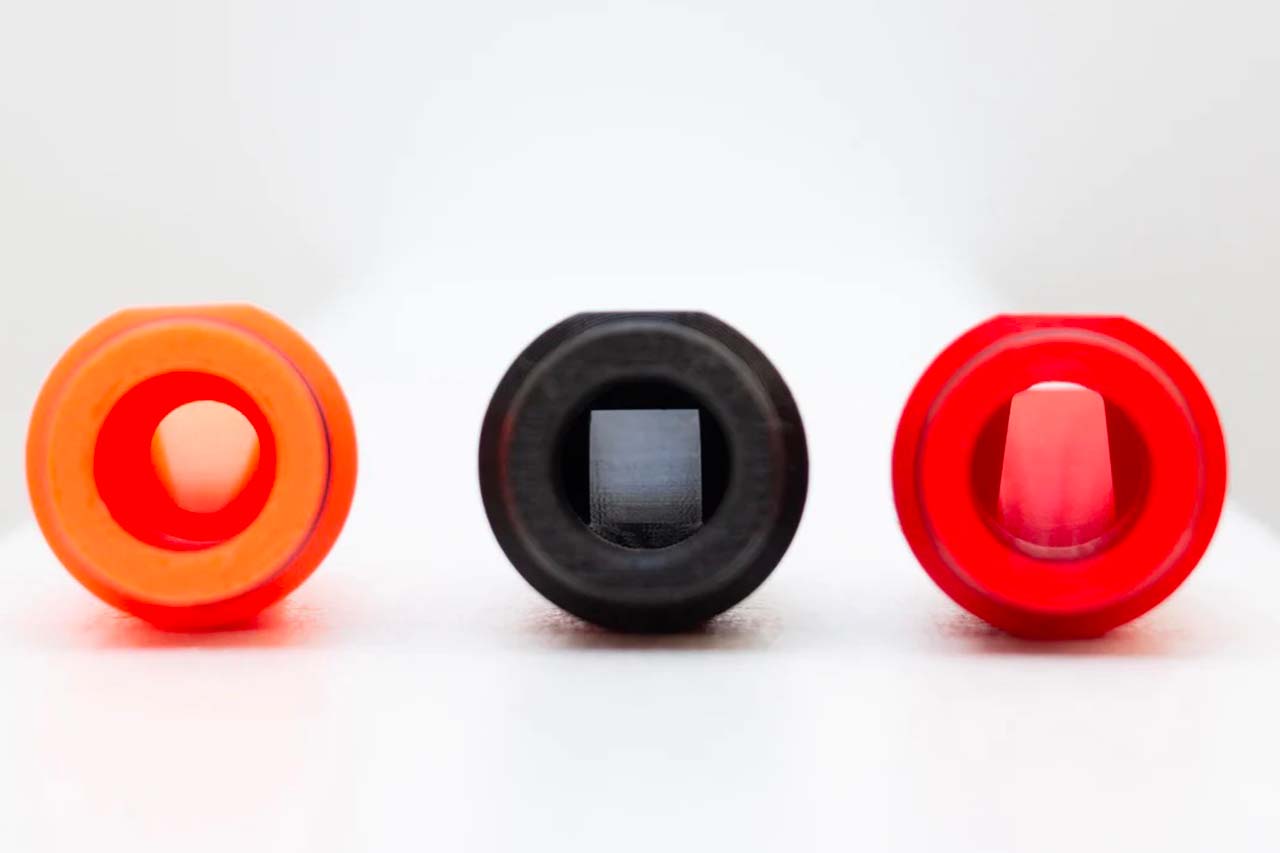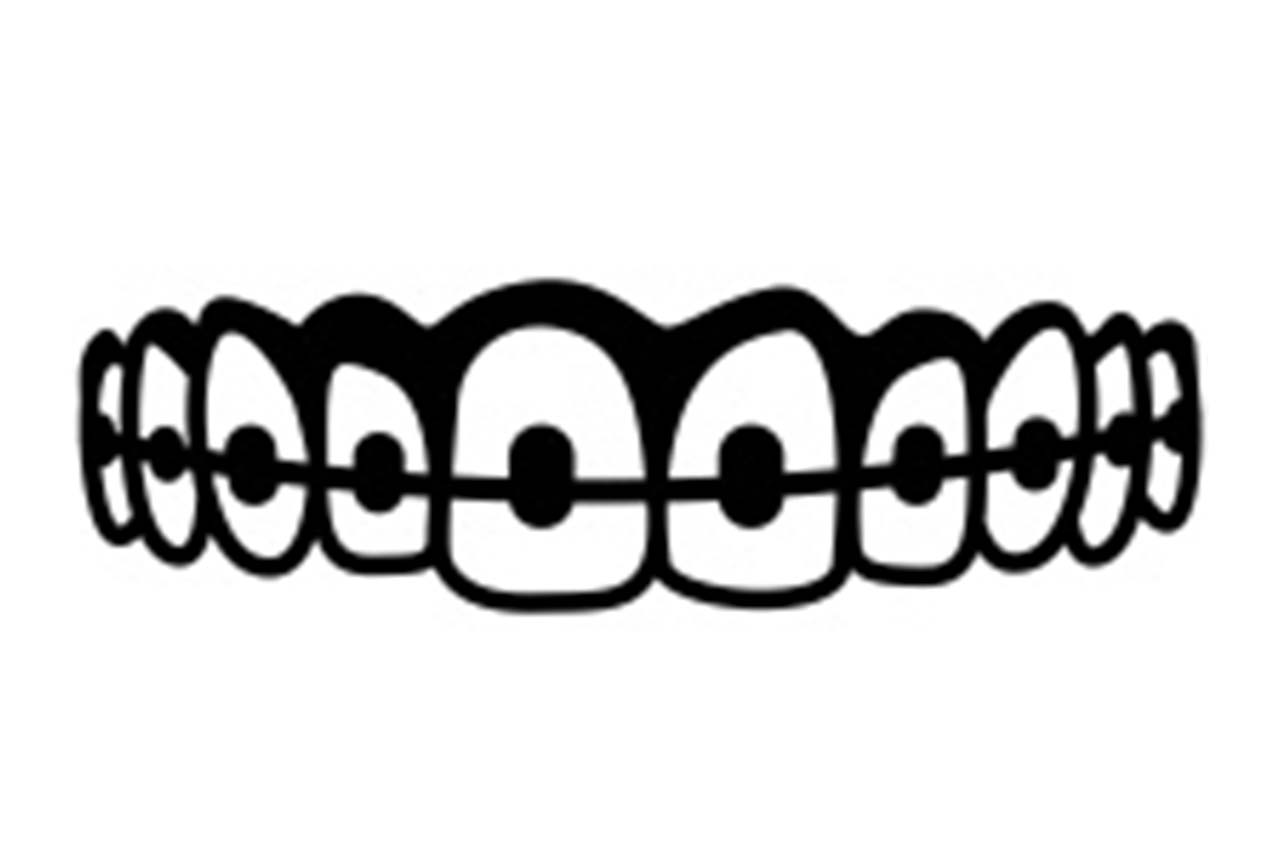Pick up your clarinet mouthpiece and take a look inside: at the end, you should be able to see two walls, relatively close together, that are either parallel or slightly slanted. These are the chamber side-walls, an important part of a mouthpiece which can vary in geometry and size.

What are the different shapes of clarinet mouthpiece chambers?
The main types of chamber have parallel walls or ones at slight angles to each other. In English, these are called H-frame or A-frame chambers. At Syos, we like to refer to them as rectangular or trapezoidal chambers.

These two shapes allow for a great variety of dimensions! Thanks to 3D printing, we can also have fun trying out rarer shapes: round or square chambers for example.
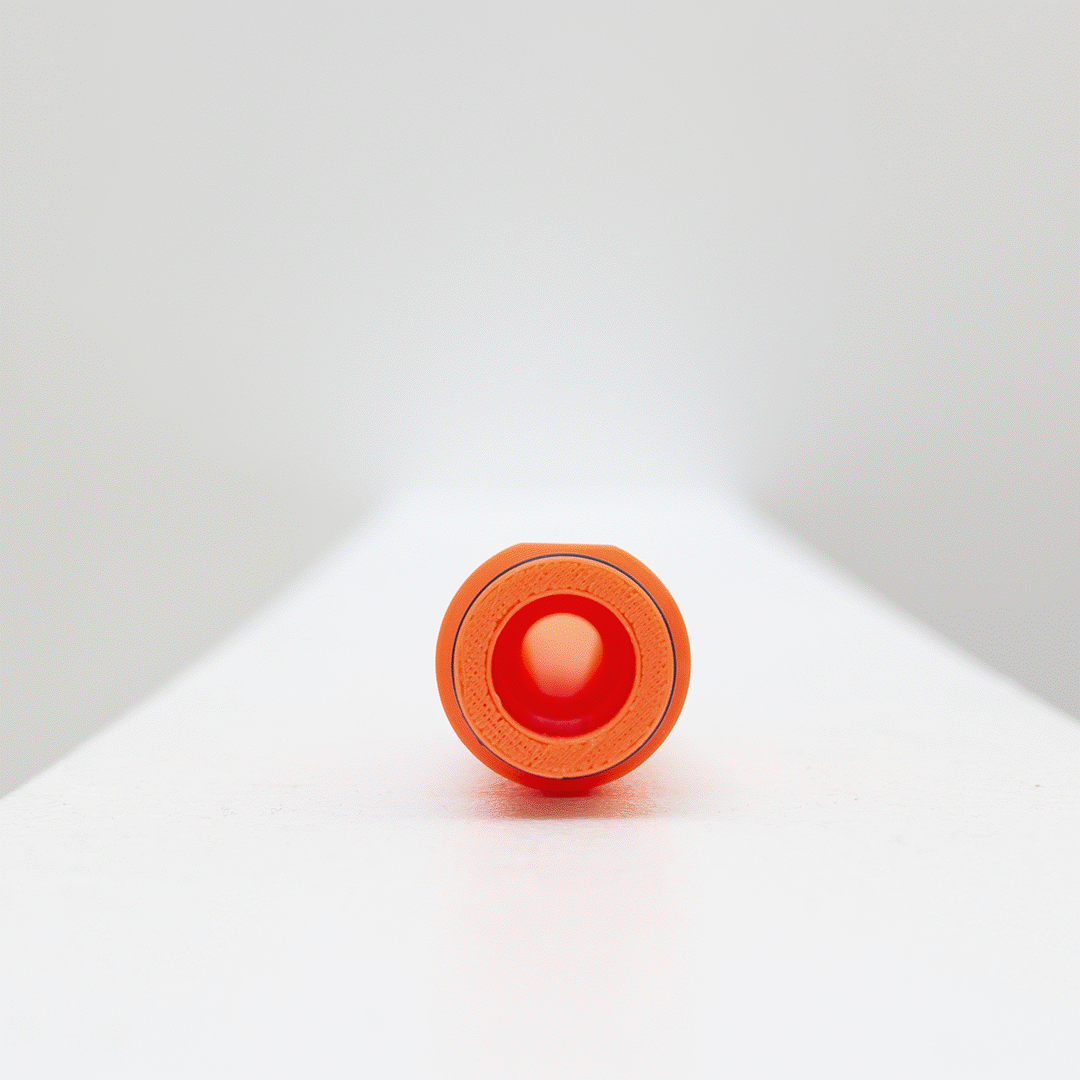
What is the effect of the chamber on the sound?
It is widely accepted that smaller rectangular chambers allow for a very focused sound; on the contrary, a larger rectangular chamber will allow for more flexibility. In addition to these characteristics, a smaller chamber is generally associated with a brighter sound while a larger one generally produces a darker sound, just as with the saxophone.
You can also read : The saxophone mouthpiece: Large or small chamber?
With trapezoidal chambers, there are far more options to play with. An A-shaped chamber presents the qualities of both a narrow rectangular chamber and a wide one. As for the timbre, rectangular chambers are associated with the vowel A, while trapezoidal ones are associated with the vowel E.
Syos’ study
In order to verify these theories, we got in contact with fifteen musicians and gave them seven mouthpieces to try out, all with different chamber shapes and dimensions. The test is quite simple: give a rating to three different parameters (brightness, strength and width of sound) for each mouthpiece. Unsurprisingly, working with the results was not so easy! The ratings are obviously subjective and therefore reflect each musician's perception of the mouthpiece, as well as their style of grading.
After having examined the data, it can be noted that the mouthpieces have effectively been differentiated by the testers, as the graph below - which represents the rating given to each mouthpiece relative to brightness - shows:

It allows us to pick out the mouthpieces that have a well-defined identity:
-
mouthpiece n°7, which has a large trapezoidal chamber with very sloped side-walls, is the darkest of the bunch. When it comes to the strength rating , it is also the weakest.
-
mouthpiece n°3 is, on the other hand, the brightest : it has a small rectangular chamber.
However, there is less of a consensus on other mouthpieces: n°2 for example, with its tiny rectangular chamber, seems to be a subject of debate!
By taking a closer look, we can confirm that larger chambers have a much darker sound than smaller ones, and vice versa.

This experiment also reveals another interesting relationship: that of the gap between the chamber walls, table-side, with the perceived depth of sound. The smaller the gap, the larger the sound, or so our testers say.
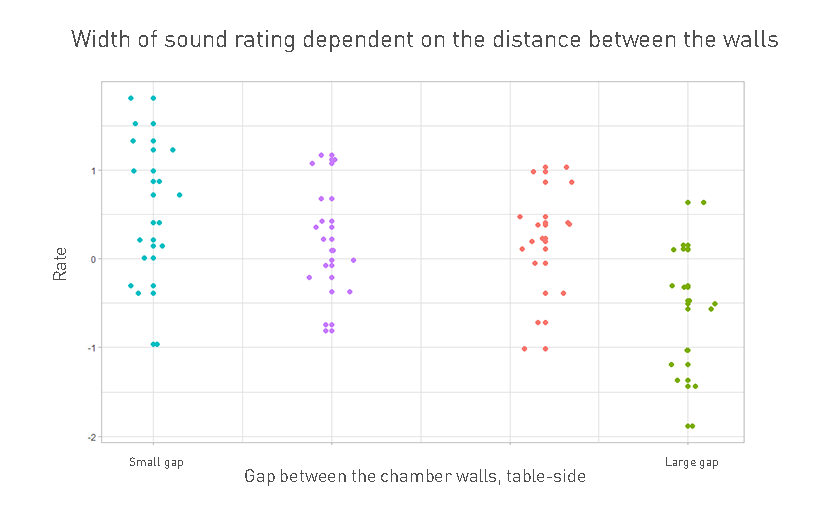
All in all, a few rules can be taken from this experiment on chambers:
- for a brighter sound, look for smaller chambers; on the contrary, choose a larger one for a darker sound.
- in order to get a larger sound, try to adapt the gap between the walls, table-side.
- the chamber’s dimensions are not an absolute rule when it comes to predicting a mouthpiece’s acoustic characteristics! Our testers are not unanimous in their grading and beyond these findings, the best thing is to try out different mouthpieces with different chambers.
What about round chambers?
We did not include them in our experiment because they have a much simpler character: mouthpieces made with this type of chamber generally create more direct and centered sounds! Well balanced and versatile, they are well suited to klezmer when they are paired with a longer table, and to classical music when paired with a much shorter table.
The rule concerning the chamber’s width still applies to them: a smaller round chamber will produce a brighter sound than a larger one.
What chamber should I get on my Syos mouthpiece?
On Syos’ website, when browsing through our Signature mouthpieces catalog, chamber size and shape will be indicated:
For a custom mouthpiece, we will advise you on the size and shape of the chamber according to what you will have indicated as your desired brightness when filling out our questionnaire. The chamber’s settings can also be adjusted according to your feedback and whether or not you need your custom mouthpiece to be modified.









